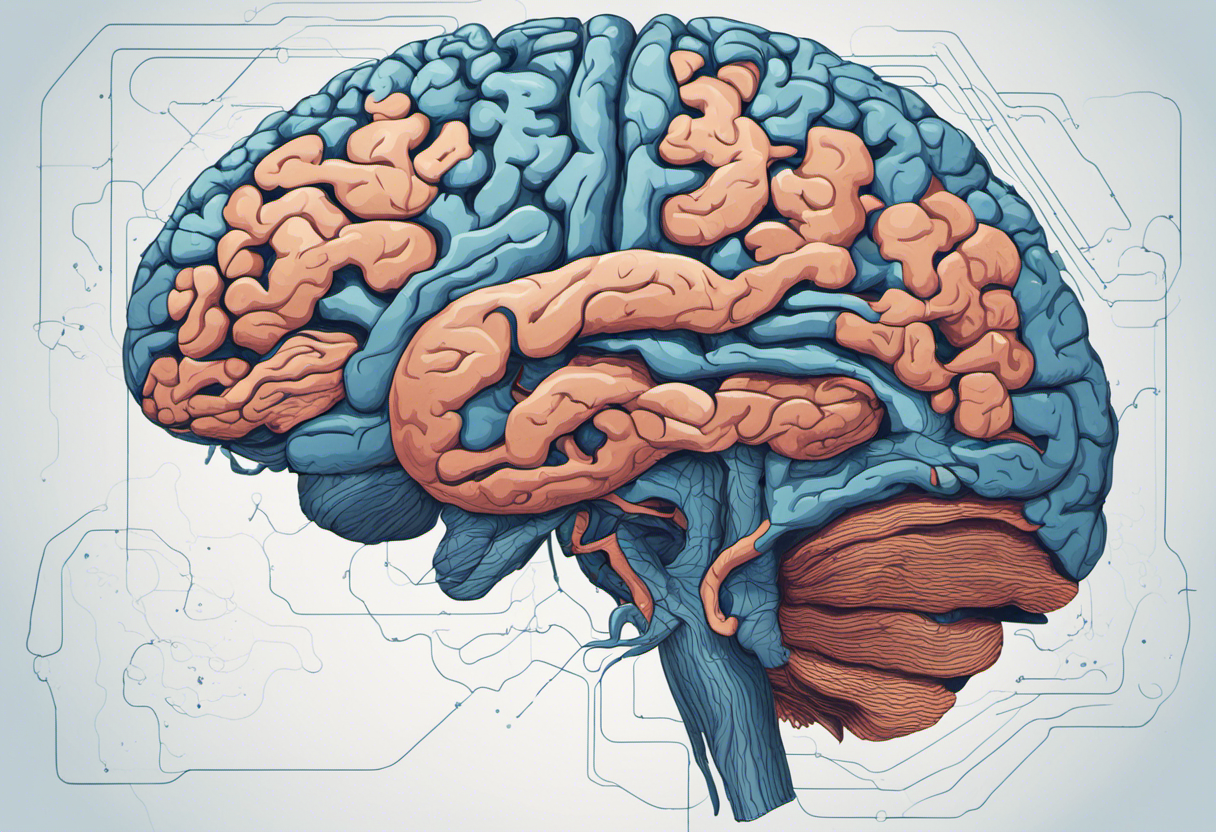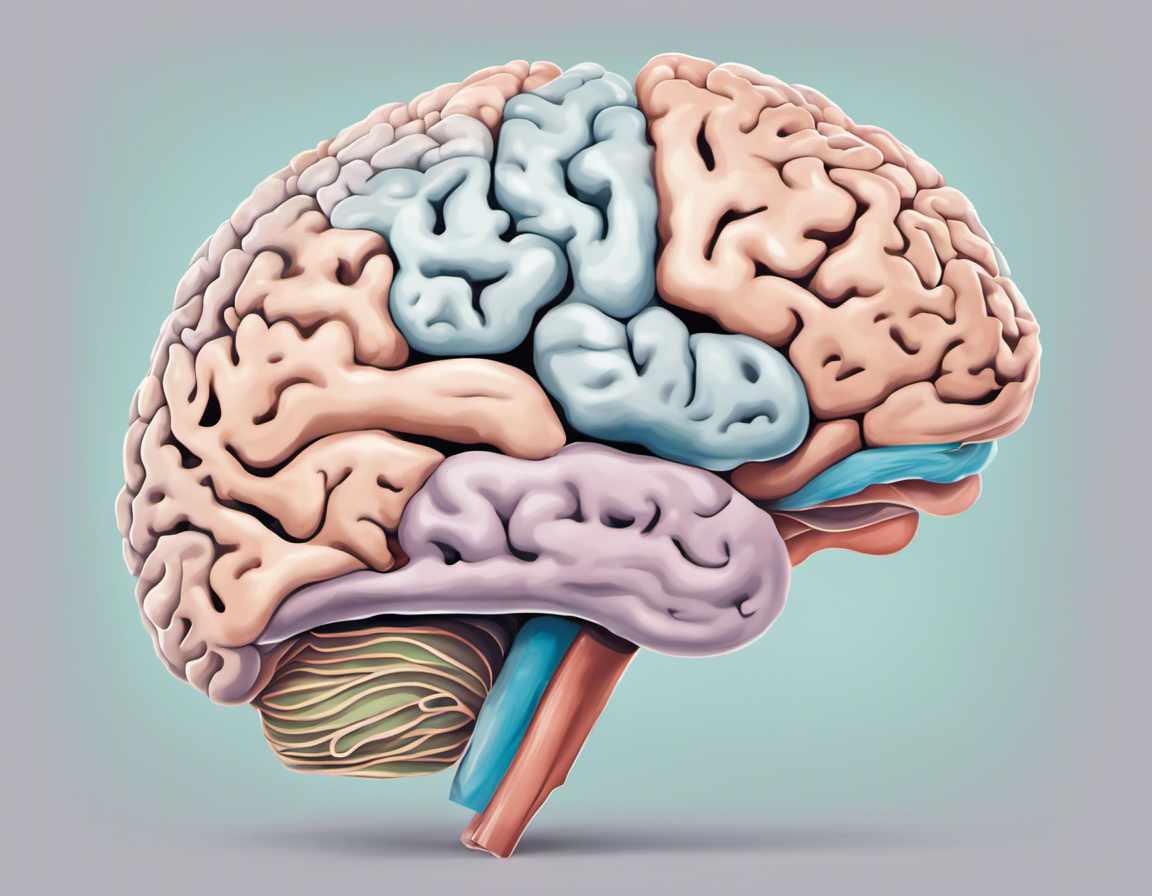Decoding ADHD: Unveiling Latest Studies and Societal Impacts

Have you ever wondered how the restless energy that constantly distracts a young child can affect their future life or society? This is not just an issue that affects parents or teachers dealing with hyperactive children; it is about a medical condition known as Attention Deficit Hyperactivity Disorder (ADHD).
It’s more than what meets the eye, and it’s highly misconstrued in our society today.
Often framed as a mere inability to sit still or pay attention, ADHD has profound and wide-ranging impacts that extend from an individual’s personal life into broader societal structures. In understanding this complex disorder, we can begin to decipher its impact and respond accordingly. This article delves into ADHD – highlighting its defining symptoms societal and personal impacts, coupled with recent breakthroughs from leading scientific studies.
Through comprehensive research studies and scientific discoveries about ADHD, we provide transformative insights that will rewrite prevailing narratives around this disorder. Brace yourself as we invite you on this enlightening journey towards expanding our collective comprehension of ADHD – because understanding is the first step towards acceptance and effective intervention.
Understanding ADHD
ADHD, an acronym for Attention Deficit Hyperactivity Disorder, is a neurodevelopmental disorder that can often continue on into adulthood from childhood. The condition affects millions of people around the globe and markedly impacts their personal relationships, professional life, and overall well-being.
Defining ADHD: Symptoms and Impact
Recognizing the Signs of ADHD
Individuals dealing with ADHD frequently exhibit consistent inattentiveness, hyperactivity, and impulsivity patterns. They may encounter issues centering on tasks or activities, are prone to distraction, or engage in excessive physical activity unrelated to their surroundings. It’s also common to observe impulsive actions that lack foresight. These traits are pervasive and interfere with one’s day-to-day functions.
The Societal and Personal Impacts of ADHD
The consequences of ADHD stretch beyond the individuals it affects—it influences society as well. In education systems, children with this disorder often struggle with learning because of their difficulties concentrating. This can lead to lower grades and potentially reduced opportunities in later life.
At work, adults living with ADHD might grapple with meeting deadlines or managing responsibilities efficiently due to focus-related problems. Such hindrance not only affects career progression but potentially impacts a company’s productivity as well.
Apart from academic and professional setbacks, interpersonal challenges often surface too as maintaining relationships can be difficult for those diagnosed with ADHD due to impulsivity or forgetfulness.
Recent Research and Findings on ADHD
Highlighting Key Studies on ADHD
Progressive strides have been made within the field over the years, contributing valuable insights into our understanding of this disorder. A noteworthy 2019 study by Medscape reported that early intervention for young individuals displaying symptoms can mitigate more severe impacts in adulthood.
Moreover, different regions of the brain show varying activity levels in individuals battling with ADHD compared to those without it—according to a research project published in Nature Neuroscience journal.
Unpacking the Latest Scientific Discoveries about ADHD
The academia has been churning novel discoveries concerning ADHD regularly, reshaping the societal narratives surrounding the condition.
For instance, a pivotal clinical study proposes that ADHD should be considered a brain disorder attributing altered brain connectivity and structure to this condition. Further research on the implications of treatment approaches regarding this perspective could lead to groundbreaking therapies.
Additionally, set against conventional belief, recent investigations hint that the disorder may not necessarily cease after adolescence but can continue into adulthood and manifest differently—an all-important finding differentiating diagnostic and therapeutic routes across various age groups.
Though societal understanding of ADHD is gradually evolving spurred by these findings, it’s clear there remains considerable scope for further exploration.
Conclusion
Understanding ADHD is indeed a complex journey, scattered with multi-dimensional facets and myriad impacts on individuals and society. This neurodevelopmental condition, characterized by inattention, hyperactivity, and impulsiveness symptoms, presents unique challenges in various areas of life, such as education, work, and relationships.
Discoveries like the identifiable differences in brain activity between those with and without ADHD have significantly propelled our understanding forward, offering us an insightful glimpse into this intricate neurological landscape. Additionally, the benefits of early intervention showcased via numerous studies underscore the critical role of timely support, further accentuating the importance of comprehensive research in this field.
Moving forward, one thing remains certain: our pursuit of knowledge about ADHD is far from finished. Every breakthrough takes us one step closer to eroding the stigma associated with it, reshaping societal narratives, and devising more effective interventions to enhance the lives of those living with ADHD.
The door to further exploration stands wide open – for each individual to contribute towards deeper understanding and compassion, for scientists to innovate more empathic interventions, and for society to transition towards greater acceptance. Remember: every effort counts in this collective journey towards understanding ADHD.




Comments